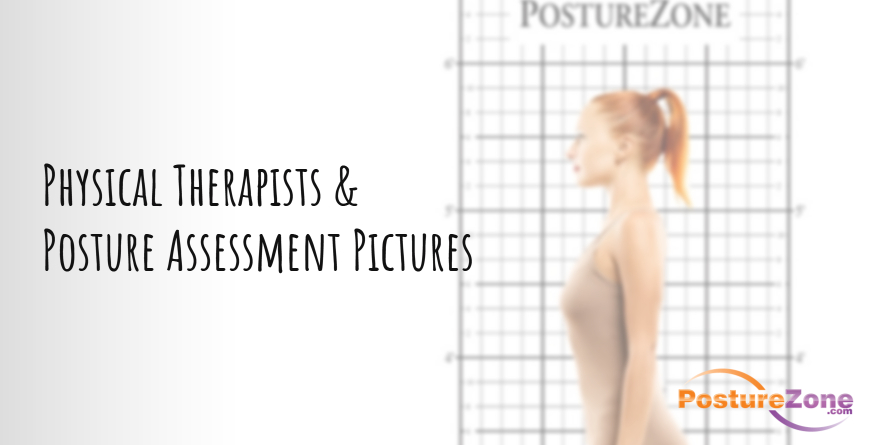Physical Therapy Posture Assessments
Posted by Renee North, CPEP on 13th Feb 2023
Physical therapists assess posture by observing the patient's standing and moving position, as well as analyzing their range of motion, balance points, and any pain or discomfort they may be experiencing. They integrate tools such as goniometers and inclinometers to measure the patient's posture most accurately.
Posture Grids in a Physical Therapy Practice
Physical therapists also use posture assessment grids as a tool for analyzing and evaluating a patient's posture. They place the patient in front of the grid and observe their alignment and balance in relation to the grid lines (true vertical and horizontal). This allows the physical therapist to identify any asymmetries, imbalances, or deviations from proper posture. The posture grid serves as a visual reference for the physical therapist to use in their assessment and treatment of the patient's posture.
Posture Assessment in a Physical Therapy Treatment Plan
Once a thorough assessment has been conducted, the therapist uses this analysis to create a treatment plan to correct postural imbalances. This usually involves manual therapy, posture exercises to stretch and strengthen specific muscle groups, and other interventions such as taping or bracing. The goal of posture correction in a larger treatment plan is to alleviate pain, improve function, and prevent further injury. Physical therapists should also educate the patient on proper posture and body mechanics in home and work life to prevent recurrence of the postural issue.
By documenting the patient's posture, physical therapists can create a plan for correction, track progress, and make any necessary adjustments to the treatment plan over time. Visit CESoup.com to learn a comprehensive posture rehabilitation program.



